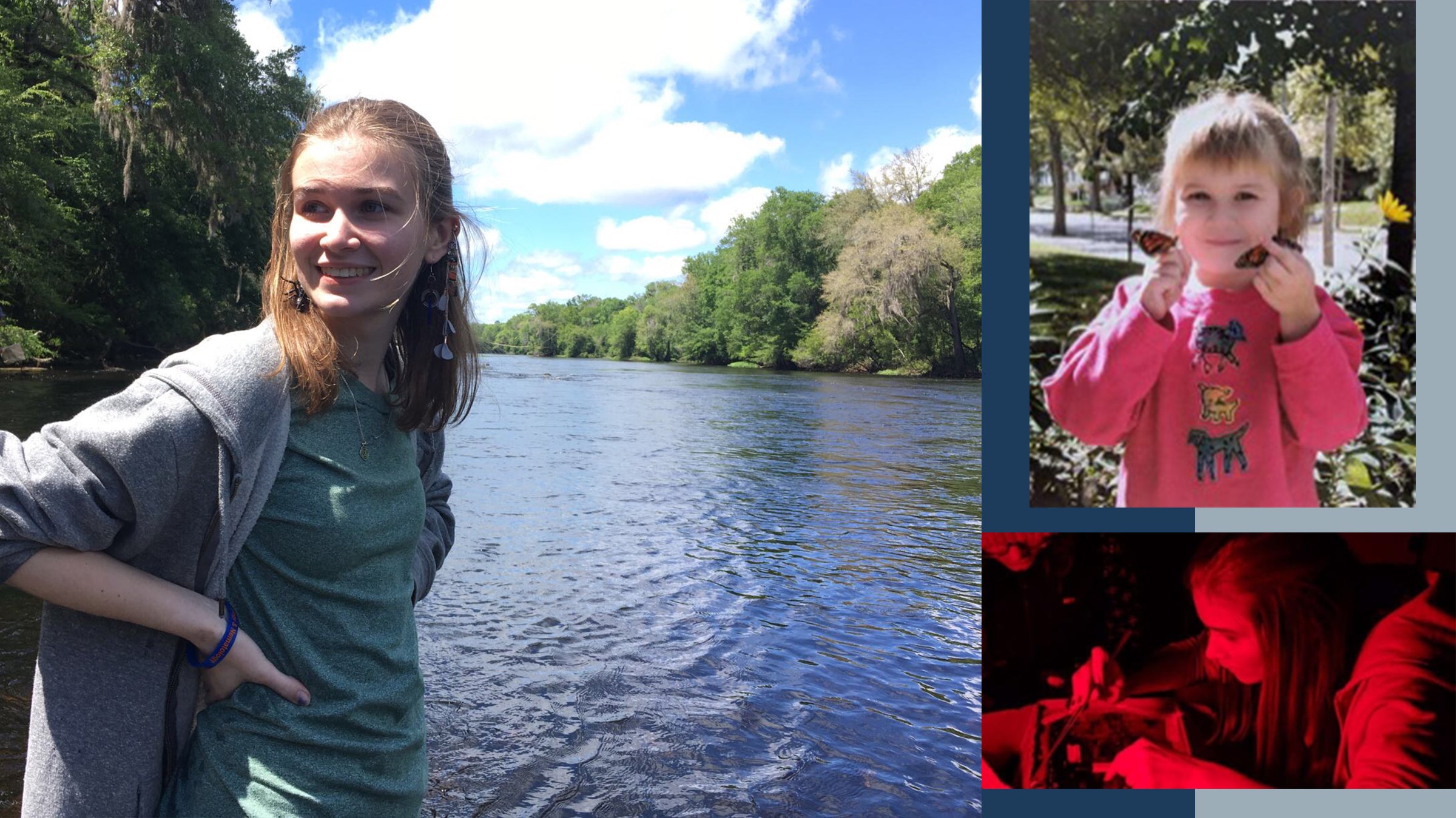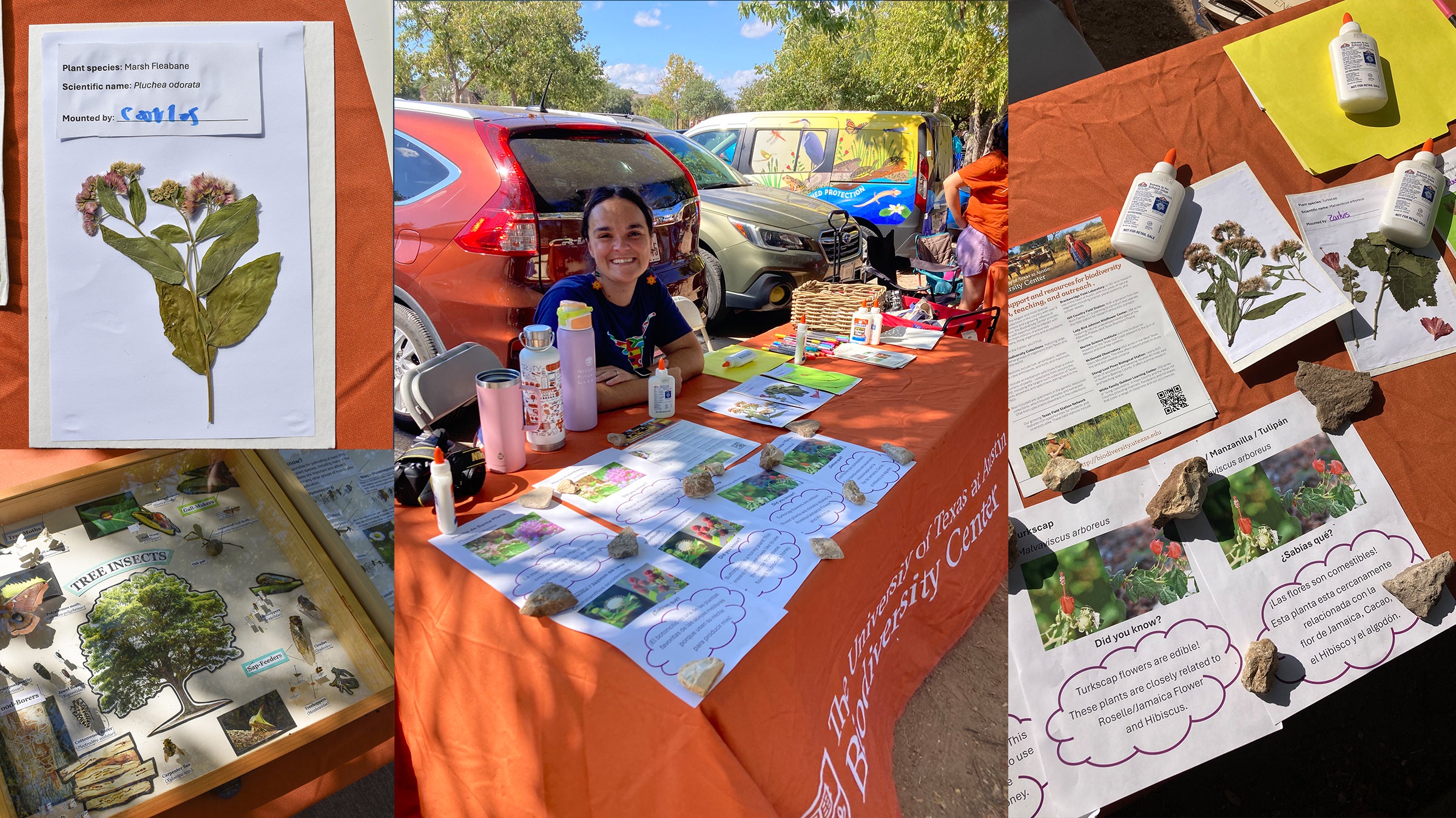
Photos: Larry Gilbert
This perennial shrub (Senegalia wrightii) grows 6-10 feet tall although some accounts say it can grow to triple this size. The lacey foliage is twice pinnately-compound and semi-evergreen. Pinnately-compound refers to a leaf that is divided into smaller leaflets and those leaflets are arranged along each side of the leaf's central stalk, or rachis.
During the summer, the Catclaw Acacia blooms with dense white flowers in oblong spikes about two inches in length. These flowers create fruit in the form of a flat twisted legume that contains three to five hard brown seeds. These seeds are normally dispersed through dehiscence, the breaking open of the plant’s fruit. The seeds then disperse through a variety of ways: gravity, mammals, birds, water, or a combination of these factors.
The Catclaw Acacia does very well in dry areas, loves full sun. It also is one of the most cold hardy of the acacia species. With fragrant yellow flowers, it is also an excellent plant to attract bees. It forms thickets where it is common.

Charles Wright.
The Catclaw Acacia is native to South and Central Texas. It also is present natively in Utah, Nevada, New Mexico and parts of California and southeast Arizona. In Mexico, the plant ranges into the state of Sonora in the northern area of the country. At Brackenridge Field Lab, this shrub appears in the Experimental Garden and old quarry next to it. There is also a plant on the UT main campus, on the south side of the old Botany Greenhouse.
Other common names, some humorous, include: paradise flower, catclaw mesquite, wait-a-minute bush, or wait-a-bit tree. The last three names are because the tree has numerous hooked thorns that look a lot like a cat’s claw. A person walking by might get “hooked” by the plant, and thus have to stop to carefully remove themselves from its grasp.
The scientific name is in honor of botanist, Charles Wright (1811-1885). Born in Connecticut, Wright later moved to Texas to become a land surveyor and teacher. Here he collected plants for Asa Gray, considered one of the most important 19th century American botanists. Wright was one of three botanists associated with the expedition that surveyed the border between the U.S. and Mexico. Prior to this, he accompanied an earlier army expedition that prepared for this much larger survey. Wright would collect not only in Texas, but places all over the world including Cuba, South Africa, the Bering Strait, Australia, and Japan. No small feat considering methods of travel for Wright included long ship journeys and miles of walking.
Special thanks to George Yatskievych, Curator in the Billie L. Turner Plant Resources Center, for his edits on this article.



